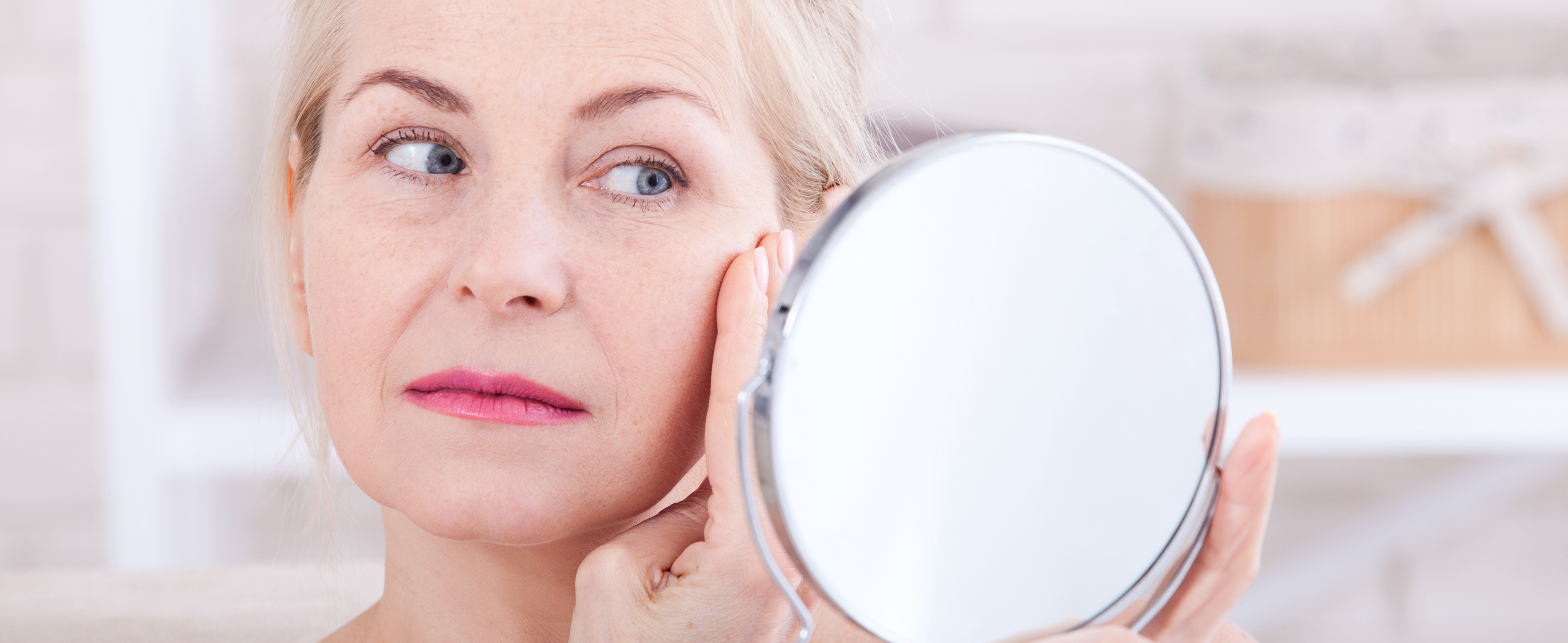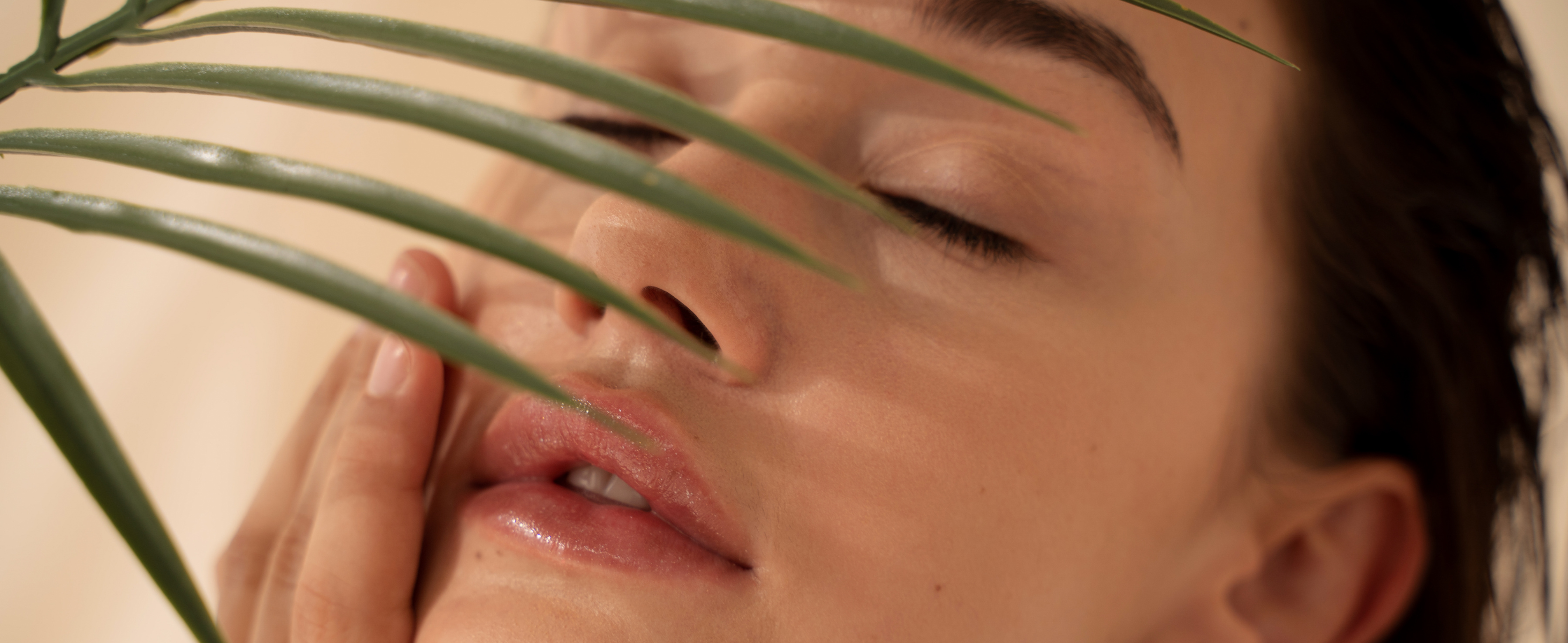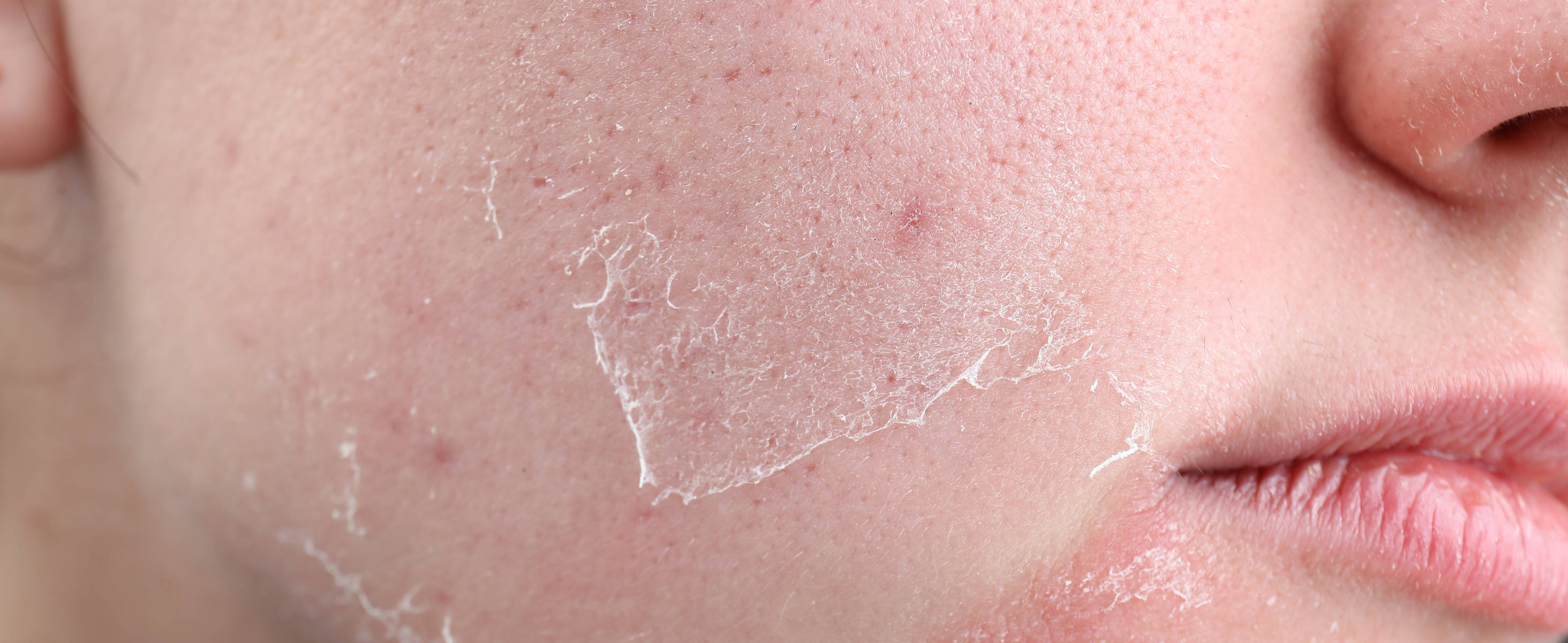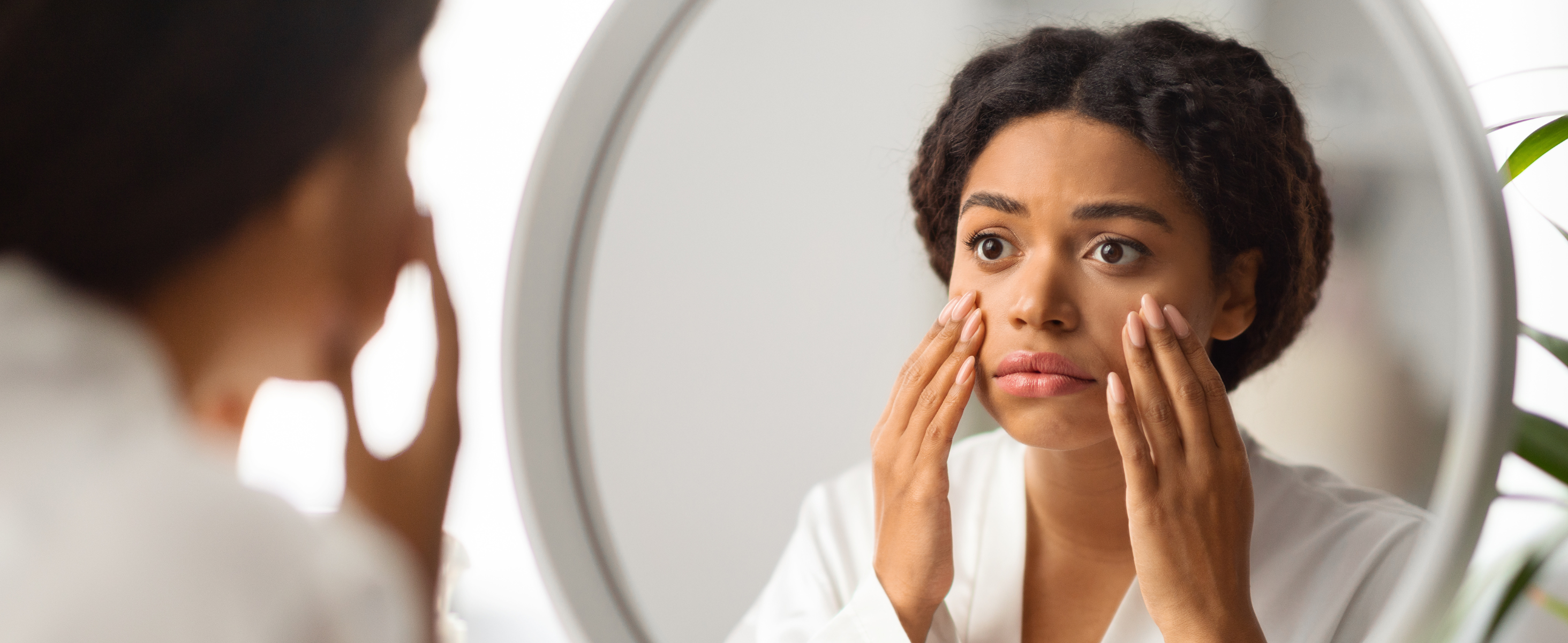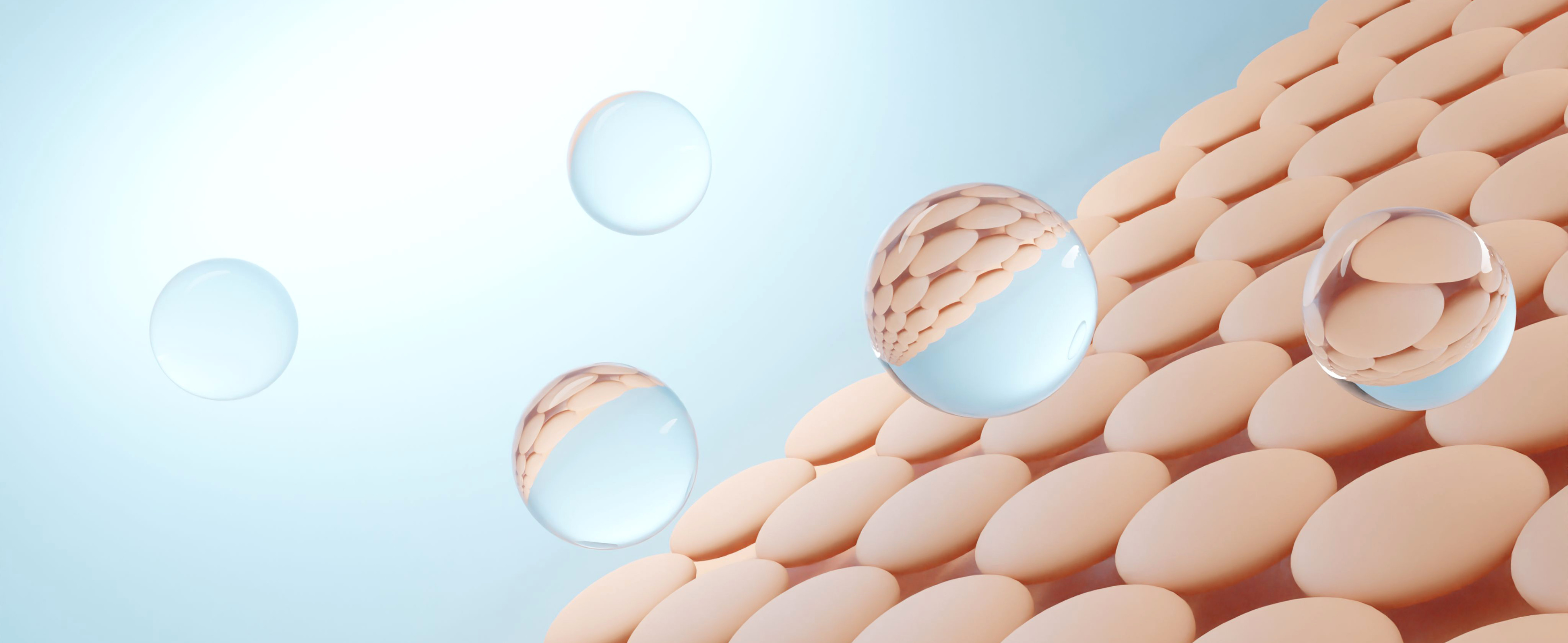Let’s talk about one of the internet’s latest beauty obsessions: face taping.
If you’ve spent more than two minutes on skincare TikTok lately, you’ve probably seen creators sticking strips of tape on their foreheads, around their eyes, and across smile lines before bed. The claim? That a little overnight taping can smooth out wrinkles and even prevent new ones from forming—no Botox required.
But is this trend too good to be true? As someone who’s tried my fair share of DIY beauty hacks, I had to dig deeper. Here’s what I learned (and what dermatologists are saying) about face taping—plus whether it’s worth adding to your skincare routine.
What Exactly Is Face Taping?
Face taping involves placing small pieces of skin-safe tape on areas where fine lines or wrinkles tend to appear—think forehead lines, crow’s feet, or smile lines. The idea is that the tape immobilizes facial muscles, keeping you from making repetitive expressions (like frowning or squinting) that contribute to wrinkles over time.
Some people tape just while sleeping, while others use tape during the day as a form of “training” to minimize facial movements. The goal? Smoother skin with fewer dynamic wrinkles—without injecting anything.
The Viral Claim: Can Taping Really Replace Botox?
Here’s where things get a little complicated.
Botox works by blocking nerve signals to specific facial muscles, which temporarily “freezes” them and prevents movement. This reduces the appearance of fine lines and prevents new ones from forming. Face taping, on the other hand, doesn’t interact with your nerves or muscles—it simply restricts motion by physically holding the skin in place.
So… does it actually work?
According to dermatologists, the effects are likely temporary at best. While tape might prevent certain facial expressions for a short period (especially overnight), it doesn’t relax the muscles or target the root cause of wrinkles like Botox does. Once you remove the tape and start moving your face again, those lines can reappear.
What Dermatologists Say
Dr. Shereene Idriss, a board-certified dermatologist, told Vogue that while face taping might slightly reduce the appearance of lines in the short term, the lack of scientific evidence makes it hard to recommend as a true anti-aging solution.
In fact, taping could even backfire in some cases. If you’re not using medical-grade, skin-safe tape, you might end up with irritation, redness, or even allergic reactions. Plus, taping too tightly or pulling at the skin could potentially cause more damage over time.
Bottom line? It’s not a Botox dupe.
So Why Is It So Popular?
There’s no denying the appeal. Botox can be expensive, intimidating, or just not an option for everyone. Face taping feels simple, low-cost, and non-invasive. It taps into the same philosophy as face yoga or gua sha—methods that aim to train or relax facial muscles naturally.
It also doesn’t hurt that content creators are showing glowing, line-free morning skin after using tape overnight. But keep in mind: those results might be more about temporary smoothing than long-term wrinkle prevention.
If You Do Want to Try Face Taping…
Okay, so maybe you’re still curious (no shame—I was too). If you want to experiment with face taping safely, here are a few tips:
- Use medical-grade or silicone tape designed for skin (never regular scotch tape!).
- Cleanse your skin and apply a light moisturizer first.
- Don’t tape too tightly—gentle pressure is enough.
- Stick to short periods, like overnight, not all day.
- Always patch-test to avoid irritation.
And remember: results will likely be subtle and temporary.
Better Alternatives to Try Instead
If you’re looking for real anti-aging results without jumping straight to Botox, here are a few derm-approved alternatives:
1. Retinoids
These vitamin A derivatives are gold-standard ingredients for smoothing fine lines, increasing cell turnover, and boosting collagen. Try an over-the-counter retinol or talk to a dermatologist about prescription-strength options.
2. Peptides + Growth Factors
Look for serums with peptides or growth factors—they help signal your skin to produce more collagen and elastin naturally.
3. Hydration + SPF
Dehydrated skin = more visible lines. Use a rich, hydrating moisturizer and never skip sunscreen, especially if you’re using active ingredients.
4. Facial Massage
Gua sha and facial massage can help relieve tension, improve circulation, and give your skin a glow boost—without any tape required.
Final Thoughts
Face taping is one of those beauty trends that looks amazing in a 15-second TikTok video, but might not hold up under closer scrutiny. While it may offer a temporary smoothing effect or help raise awareness of our facial expressions, it’s not a long-term solution for wrinkles—and it certainly can’t replace Botox.
That said, if it gives you a little confidence boost or helps you feel more mindful about how you move your face, go for it—just do it safely, and don’t expect miracle results.
As always, beautiful skin is about consistency, balance, and doing what works best for you—not what’s trending this week.


